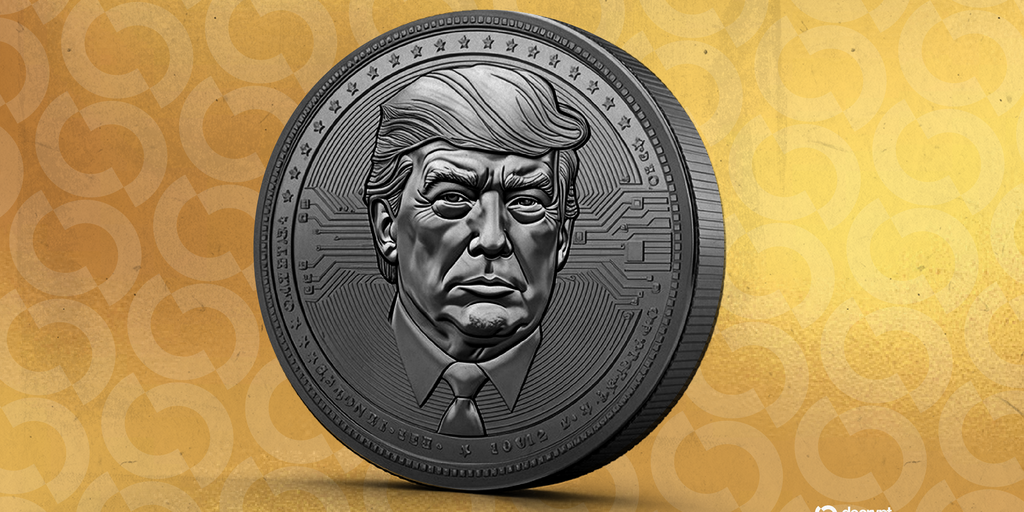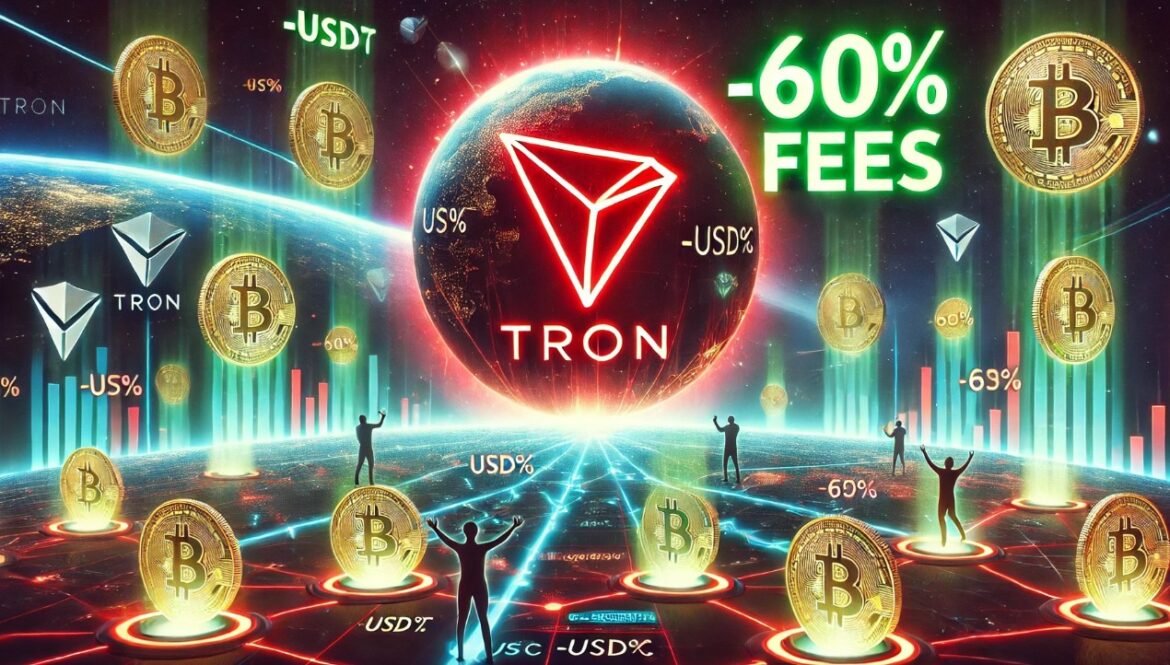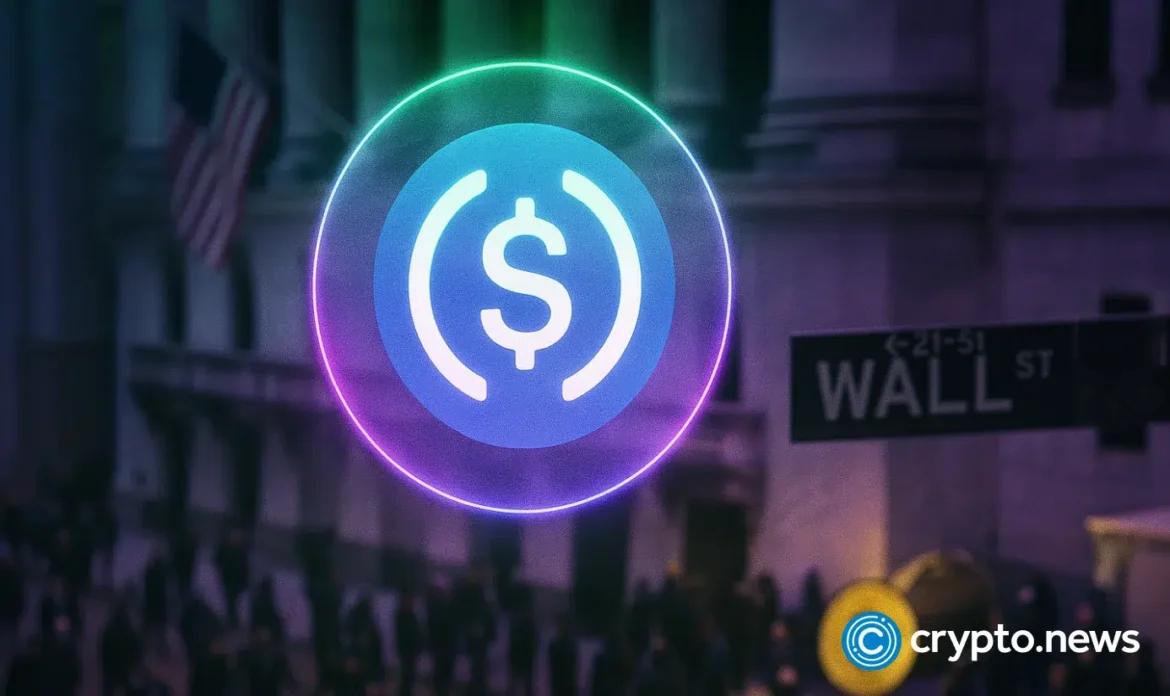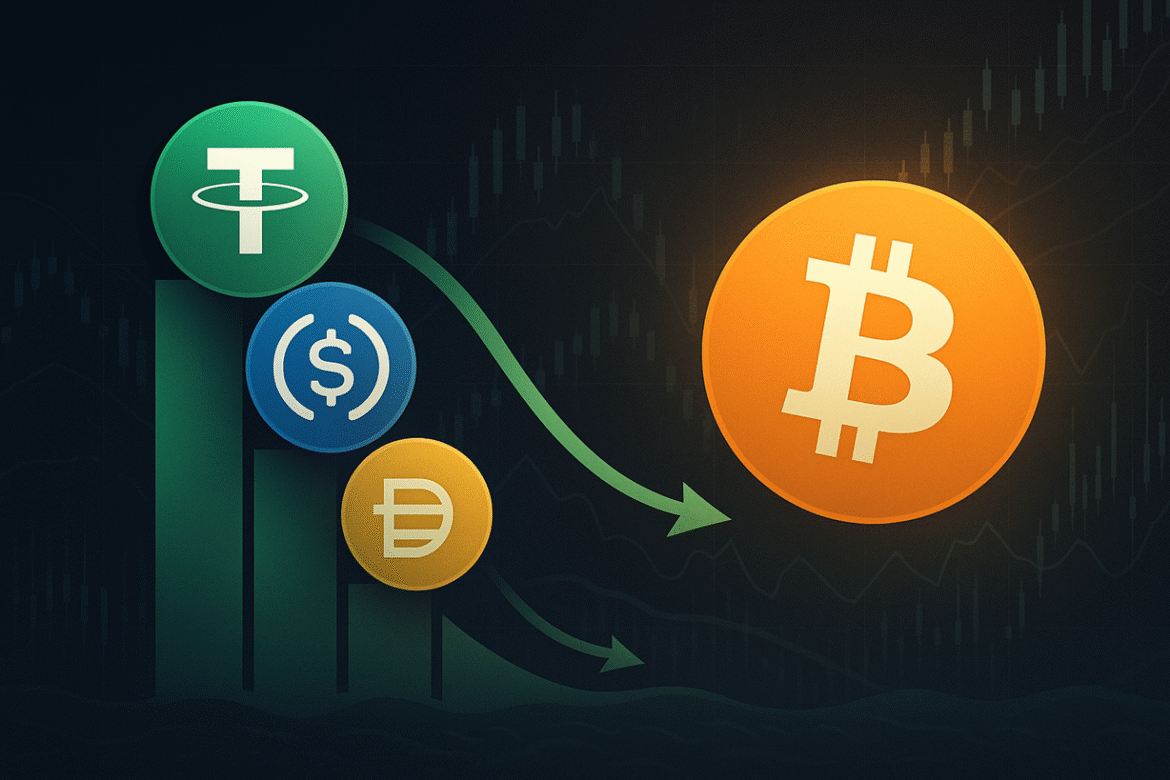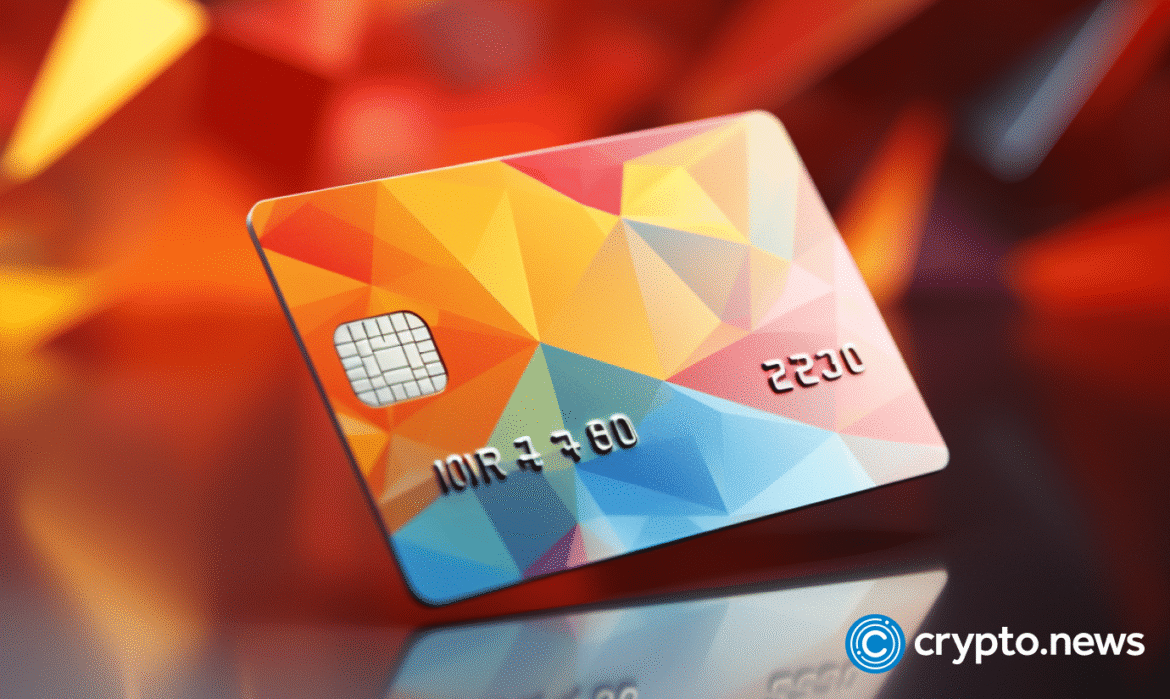In brief
- Blockstreet is creating a complimentary ecosystem for USD1, the Trump-backed stablecoin.
- Co-founder Kyle Klemmer believes that it will outmatch all other stablecoins by 2028.
- World Liberty Financial’s WLFI governance token becomes tradable on Monday.
By the time U.S. President Donald Trump’s second term is over, USD1 will have become the world’s most dominant stablecoin, according to Blockstreet co-founder Kyle Klemmer.
“With the team, the backing, and just the overall excitement that the blockchain community has, I can certainly see USD1 being the most widely adopted stablecoin in the world by 2028,” he told Decrypt in a recent interview. “USDC is the first target.”
Blockstreet’s stated mission as a “USD1-native launchpad” is to amplify World Liberty Financial’s vision, and the firm has been tasked with integrating the stablecoin from the Trump family’s crypto venture into crypto and traditional markets. The little-known firm, which debuted in mid-July, is also “helping bank the unbanked,” Klemmer added.
Blockstreet co-founder Matthew Morgan, a former cannabis entrepreneur, is an advisor to World Liberty and serves as CIO at ALT5 Sigma Corporation. The financial infrastructure firm unveiled a crypto treasury strategy centered around World Liberty’s governance token earlier this month.
Klemmer’s prediction, and goal for USD1, could face a high bar. Although stablecoins are a $285 billion industry today, JPMorgan analysts expect the sector to grow to $500 billion by 2028. And Bernstein analysts foresee the market reaching $2.8 trillion in the next five years.
That’s not to mention stiff competition from existing players like Tether and Circle—the issuers of USDT and USDC, respectively—or new entrants like Citigroup and Bank of America that recently passed legislation could unlock. But Klemmer is optimistic about USD1’s chances, based on the amount of outreach he’s received so far.
“There’s a lot of people all around the world who are incredibly complimentary of what the current administration is doing,” he said of President Trump. “They’re very excited about what World Liberty is trying to accomplish with USD1. A lot of people, the first thing that they say is, ‘How can we help?’”
World Liberty debuted a year ago. While the project has yet to deliver on its initial promise of crypto borrowing and lending services, its USD1 stablecoin has been out since April, growing to $2.5 billion meanwhile, according to crypto data provider CoinGecko. For comparison, Tether’s USDT and Circle’s USDC are worth $71 billion and $167 billion, respectively.
Klemmer said USD1’s appeal isn’t limited to its technical capabilities, noting that some crypto users appreciate it in relation to the government’s shifting approach toward the industry.
“It stands for a change,” he said, in reference to USD1. “There’s a very large appetite of countries, sovereign wealth funds, and other larger bodies that see the opportunities that are presented with USD1 and relate to that.”
The token was tapped in May by Emirati state-owned investment firm MGX as its vehicle of choice for making a $2 billion investment in Binance, the world’s largest crypto exchange, which faced intense regulatory scrutiny under the previous White House administration.
U.S. Senator Elizabeth Warren (D-MA) was among lawmakers that slammed the setup as “shady,” claiming it’s a high-profile example of crypto-powered corruption. “If we don’t do it, China’s going to,” the president has said in defense of his broader crypto push.
So far, USD1 has been issued on Ethereum, BNB Chain, Tron, and Solana. The stablecoin has been adopted by some exchanges, including Coinbase and Binance, but he foresees everyday payments as a “more clear and pressing” use case for USD1 to solve.
World Liberty’s WLFI governance token, which has been limited to accredited investors since its debut, is scheduled to begin trading on Monday, as the token becomes transferable. Some analysts have warned of potential losses for retail investors, citing its high fully-diluted value.
Klemmer said Blockstreet is still waiting on a clear game plan for USD1’s rollout, but he said that he’s aware of some “very lofty goals” that the team behind World Liberty has.
“It’s the fastest-growing stablecoin to date, and I think it will continue to be the fastest-climbing stablecoin of all time,” Klemmer said, “until it surpasses Tether and takes its place.”
Daily Debrief Newsletter
Start every day with the top news stories right now, plus original features, a podcast, videos and more.

